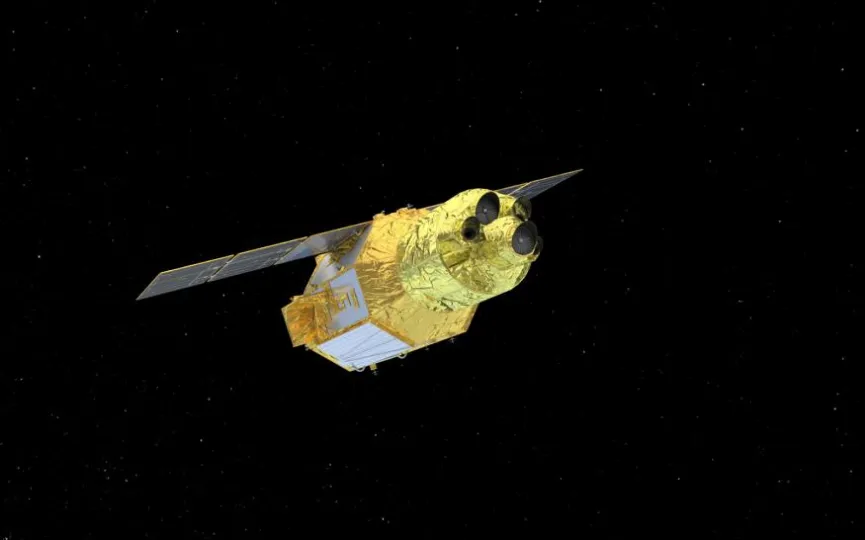Japan Unveils X-ray Telescope with Enhanced Capabilities
On September 6 at 7:42 PM EDT, Japan’s space agency successfully launched a rocket carrying a highly advanced telescope. This telescope, known as XRISM or “crism,” surpasses the capabilities of NASA’s Chandra and other existing X-ray observatories in orbit. The mission, led by JAXA in collaboration with NASA and the European Space Agency, marks a significant advancement in X-ray observations, according to University of Michigan astronomer and mission participant, Lia Corrales.
The telescope is considered more powerful than its predecessors because of its tools. One of them, called Resolve, is a microcalorimeter spectrometer capable of measuring small temperature increases when X-rays hit its 6 x 6 pixel detector. It must operate in an environment a fraction of a degree above absolute zero, enabled by a multi-stage mechanical cooling process in its refrigerator-sized tank of liquid helium. But as long as it works, the tool can measure each individual X-ray energy and provide information about its source’s composition, motion, and physical state.
The Times says the Task Force expects Resolve’s spectroscopic data to be 30 times sharper than what Chandra’s instruments can provide. It can detect X-rays with energies ranging from 400 to 12,000 electron volts, which NASA says can give us the information we need to learn more about the hottest regions of the universe, the largest structures and objects with the strongest gravitational pull. However, XRISM’s science operations will not begin until January, as scientists still need to turn on and tune its instruments over the next few months.
In addition to XRISM, the rocket blasted into space carrying the Smart Lander for Investigating Moon (SLIM) mission. The small-scale lander was nicknamed the “Moon Sniper” because it was designed to demonstrate that a precision landing to within 100 meters of a specific target was possible. Based on the latest information from JAXA, XRISM had already separated from its rocket and already been placed into orbit. Meanwhile, SLIM will travel for months until it reaches the moon.
✨ Great news! 🛰️
Solar acquisition control – ✅,
Data received at Uchinoura station – ✅,
Solar array paddle deployment – ✅.XRISM is on track! 🚀 #JAXA #SpaceMission #SolarPower pic.twitter.com/mxSZR5dc2j
— XRISM (@XRISM_jp) September 7, 2023




